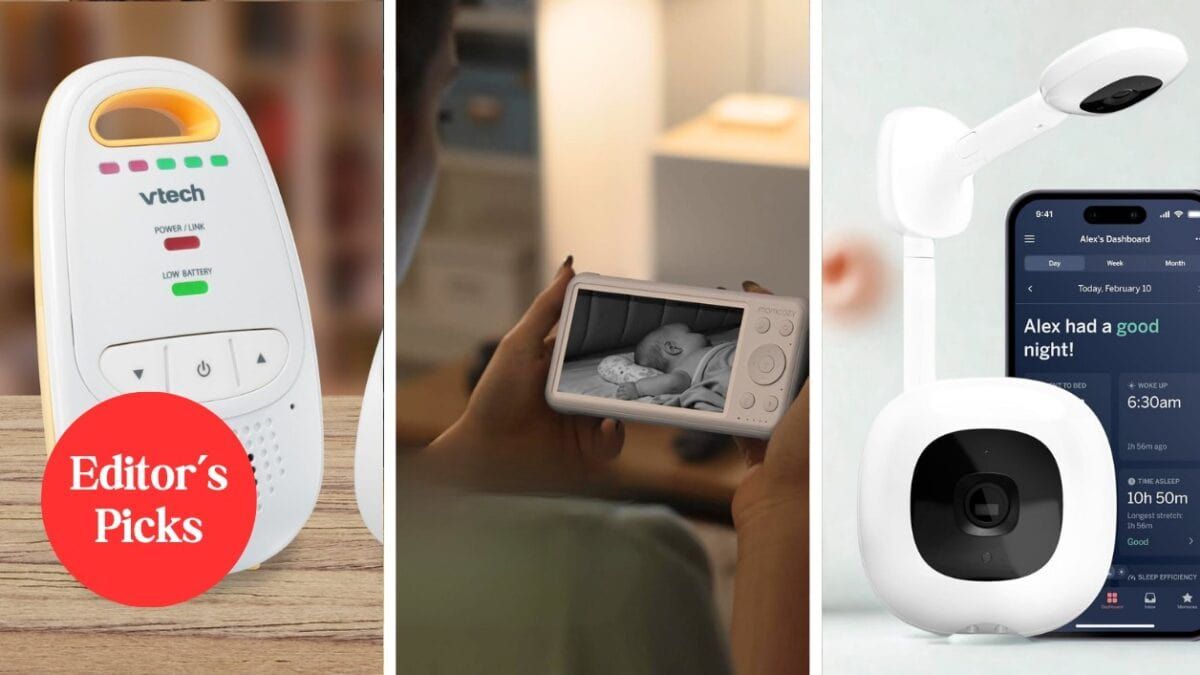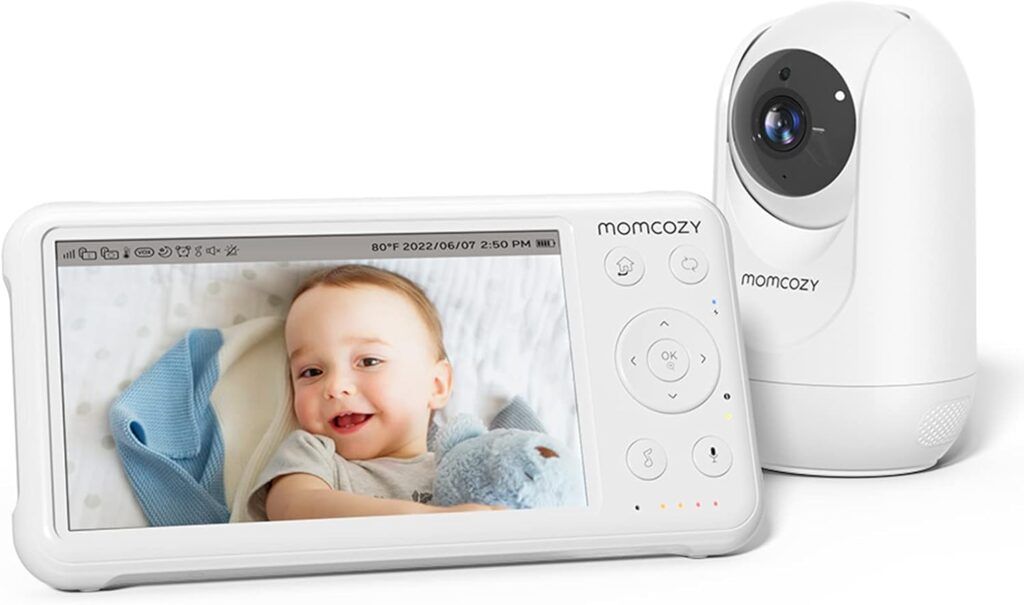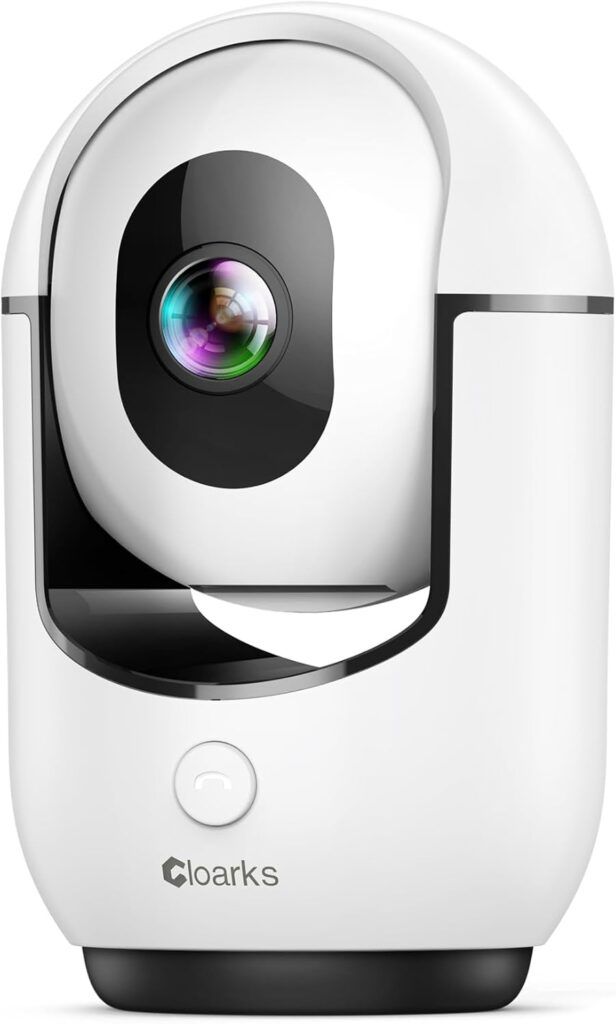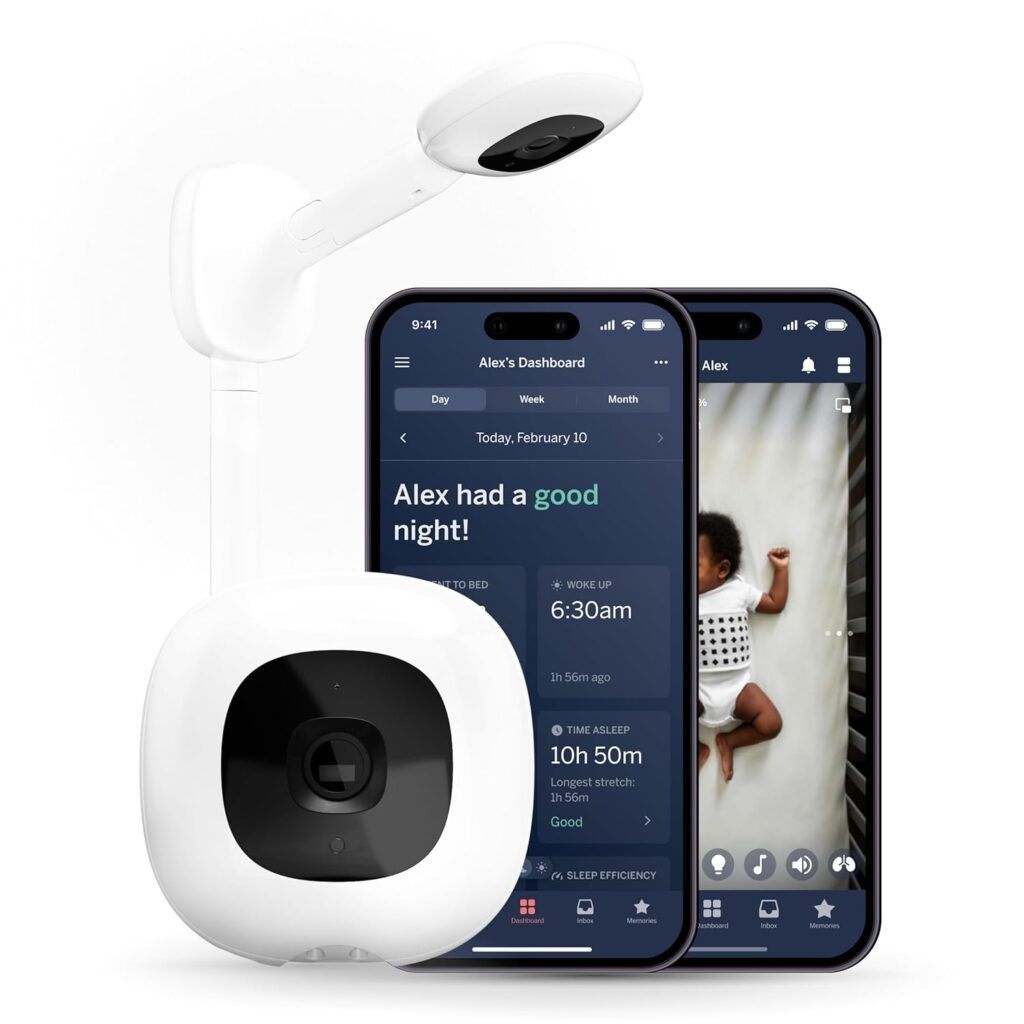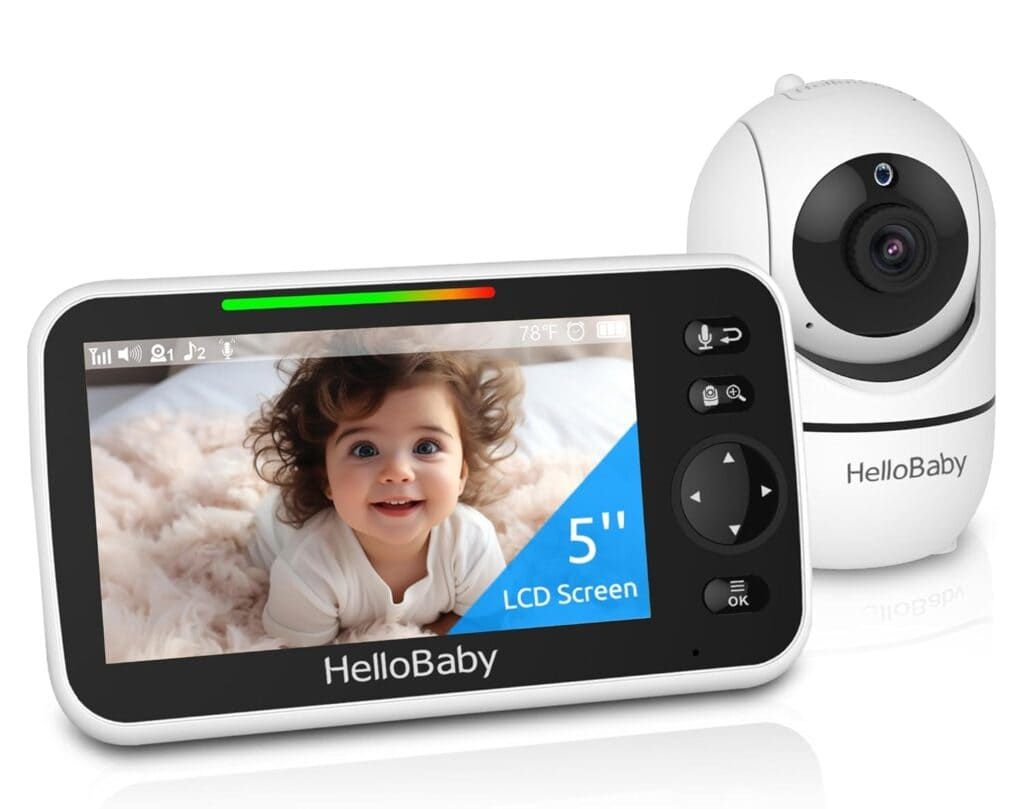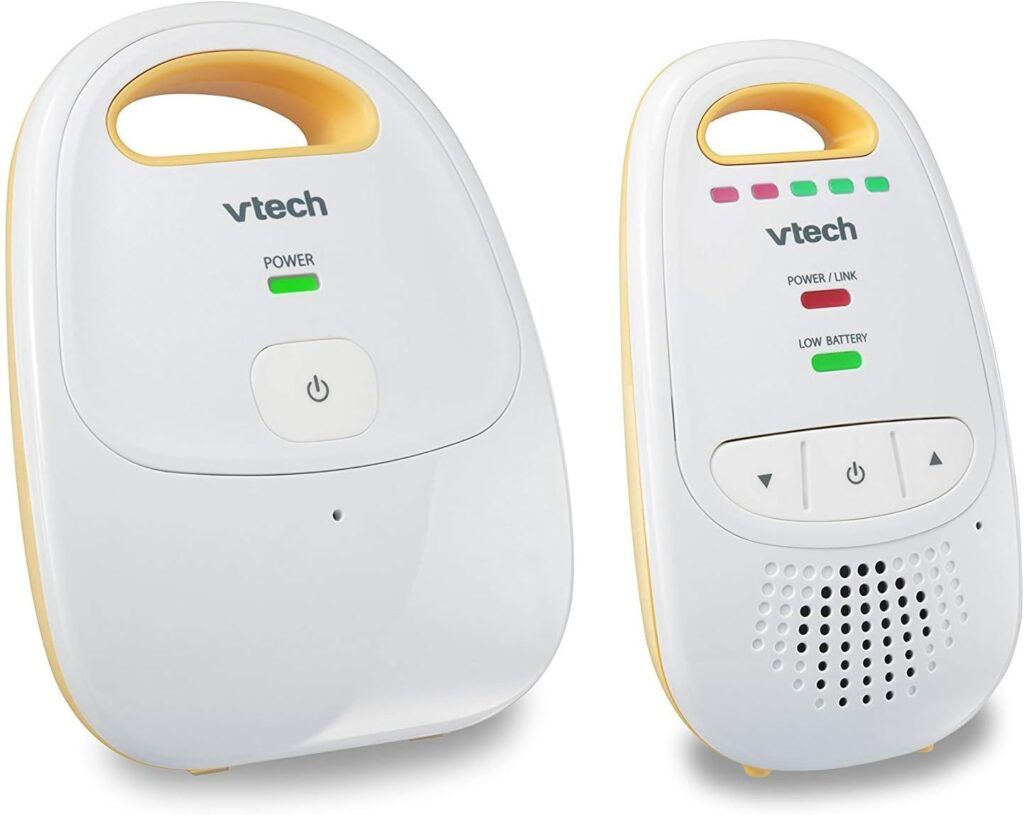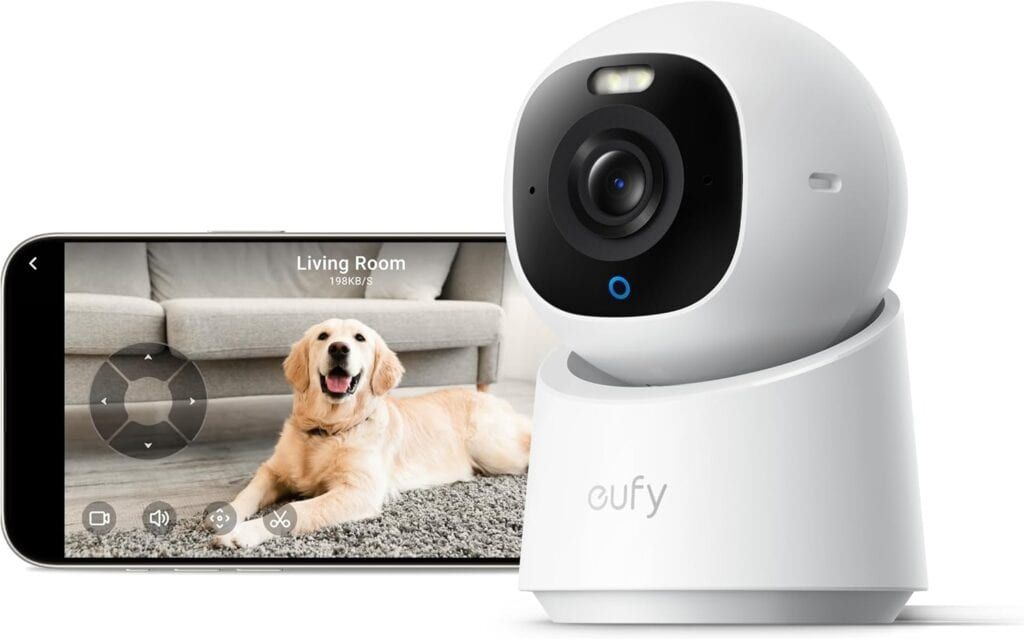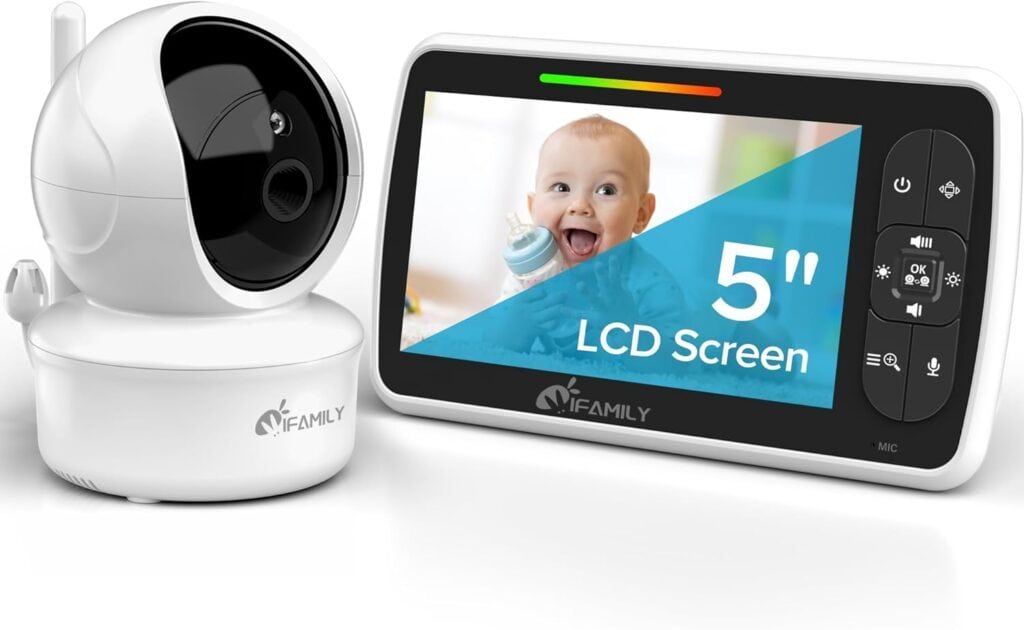We tested 18 top-selling baby monitors that cost under $100, and these 7 came out on top.
The Momcozy Video Baby Monitor impressed us with its exceptional reliability and crystal-clear video. If you’re willing to spend a few extra bucks, the Nanit Pro Smart Baby Monitor gives you advanced sleep insights, and the HelloBaby Baby Monitor needs no Wi-Fi to operate, making it approved by our testers paranoid about hackers.
As parents, one of our biggest concerns is keeping an eye on our little ones while they sleep. After months of hands-on testing with newborns and toddlers, trying different features, and reading countless parent reviews, we’ve found the baby monitors that truly deliver peace of mind without breaking the bank. Our team tested these monitors in real nursery settings, evaluating everything from video clarity to battery life.
Our Top Picks at a Glance
- Momcozy Video Baby Monitor: Best Overall
- Cloarks 2K Indoor Camera: Best Budget Option
- Nanit Pro Smart Baby Monitor: Luxury Buy
- HelloBaby Baby Monitor: No Wi-Fi Required
- VTech Upgraded Baby Monitor: Best Audio-Only Option
- Eufy Indoor Cam E30: Best Camera Quality
- iFamily Baby Monitor: Built-In Lullabies
Final Thoughts
Choosing the right baby monitor depends on your family’s specific needs, budget, and technical comfort level. Our testing showed that today’s monitors offer impressive capabilities at every price point, from basic audio monitoring to advanced AI-powered systems.
For most families, the Momcozy Video Baby Monitor offers the best balance of features, reliability, and value. Budget-conscious parents will find excellent quality in the Cloarks 2K Indoor Camera, while those wanting premium features should consider the Nanit Pro.
Remember that the best baby monitor is the one you’ll actually use consistently. Whether you choose a simple audio monitor or a feature-rich smart system, the peace of mind that comes from reliable baby monitoring is invaluable for every parent’s sleep and sanity.
How We Tested Each Baby Monitor
Our comprehensive testing process involved real-world use with babies and toddlers over several months. We evaluated each monitor in actual nursery settings, focusing on the features that matter most to sleep-deprived parents.
Video Quality Testing: We assessed daytime and nighttime video clarity, zoom capabilities, and color accuracy using standardized charts and real baby monitoring scenarios. Each monitor was tested in complete darkness to evaluate night vision performance.
Battery Life Evaluation: We conducted timed tests with displays at medium brightness and typical volume levels to measure actual battery performance versus manufacturer claims. Tests ran continuously overnight to simulate real-world usage patterns.
Range and Connectivity: Using a methodical approach, we tested signal strength throughout multi-story homes, through walls, and at increasing distances outdoors. We documented connection drops and interference patterns with common household devices.
Audio Quality Assessment: We evaluated sound clarity, background noise levels, and the effectiveness of voice activation features. Two-way communication quality was tested for clarity and responsiveness.
Ease of Use Testing: We timed setup processes and evaluated user interface intuitiveness, noting any features that required manual consultation or multiple attempts to use successfully.
Reliability Monitoring: Each monitor underwent extended testing periods to identify any recurring connectivity issues, charging problems, or feature failures that might frustrate parents during daily use.
What To Look for in a Baby Monitor
Video Quality: Look for at least 720p resolution for clear imagery, with 1080p being ideal for detailed monitoring. Quality night vision is essential since most baby monitoring happens in darkness.
Battery Life: Choose monitors with at least 8-10 hours of battery life to last through the night. Consider whether the monitor has power-saving modes and how quickly it recharges.
Range and Connectivity: Ensure the monitor covers your entire home reliably. Wi-Fi monitors offer unlimited range but depend on internet connectivity, while dedicated monitors typically provide 1000-foot coverage without internet dependence.
Audio Features: Clear two-way communication allows you to comfort your baby remotely. Look for adjustable sensitivity levels and noise filtering to reduce false alerts from background sounds.
Security Considerations: Wi-Fi monitors should offer encryption and secure login features. Non-Wi-Fi monitors eliminate hacking risks entirely but sacrifice remote access capabilities.
Mounting and Placement: Consider whether you need wall mounting, tabletop placement, or portable options. Some monitors offer multiple mounting solutions for flexibility as your child grows.
Additional Features: Temperature monitoring, lullabies, and night lights can be genuinely helpful. However, prioritize core monitoring functions over excessive features that complicate daily use.
Expandability: If you plan to have more children, look for monitors that can accommodate multiple cameras without requiring complete system replacement.
